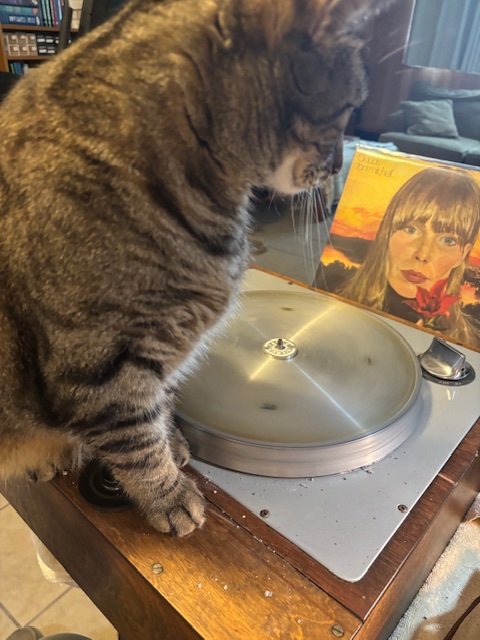The file itself doesn't matter. What you're comparing is different ways to interpret the original PCM data and different ways to store that data on your drives to optimize for space, not the actual audio data contained within the files after they've been uncompressed and processed back to their original state.
(This obviously only applies to actually lossless formats like WAV and FLAC, not lossy ones or those now-obsolete formats who shall remain unnamed that liked to pretend to be lossless.)
I've spent quite a few weekends recently doing a real world deep dive into figuring out why an audio stream from an Urd via Unison into a headphone setup sounds different than a bit-perfect rip of that very same disc streamed from my Mac through Unison to the exact same DAC and headphone setup.
The results were interesting, and what I've learned will likely find its way into future products.
But for now, what I'll say is this:
At least for the way our DACs are implemented, the PCM data that the DAC ultimately "sees" is all that actually matters. And depending on what's happening in the player software or the operating system's global sound mixer (if not bypassed in some way or another) you can get a different result from the very same audio data, no matter in what format that data was stored, depending on how that data is being played back (in the case of your computer) or the medium that the data was stored on (in the case of a computer versus a transport, for example). What counts is that the decoded, uncompressed PCM data that eventually enters the DAC is the same in all cases. If it is, there's no appreciable difference—audible or measurable—in the resulting analog output of your DAC.
(And before someone complains: With Unison, even the "cleanliness" of the signal (i.e. lack of jitter or ringing in the actual, physical signal) doesn't matter, at least not up to the point where you run into buffer underflows due to dropped or otherwise unreadable packages. And if you get to that point, something's seriously broken anyway. With SPDIF, the cleanliness of the source can matter to a degree under certain circumstances and might make a difference, even if the PCM data being transmitted remains precisely the same.)


































